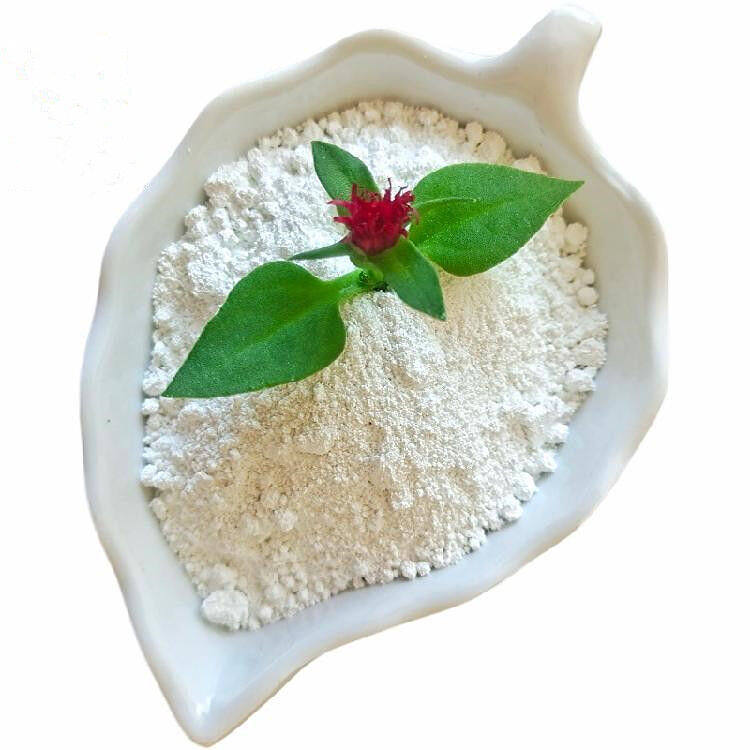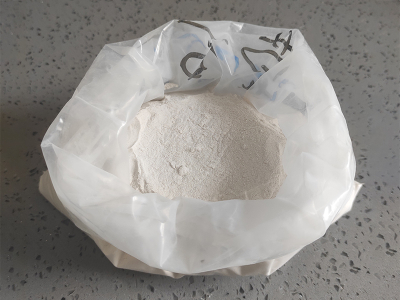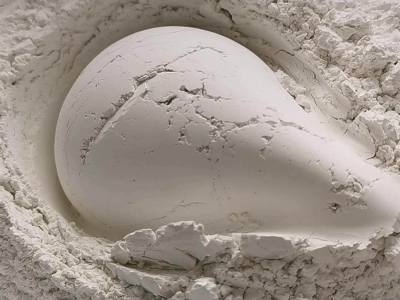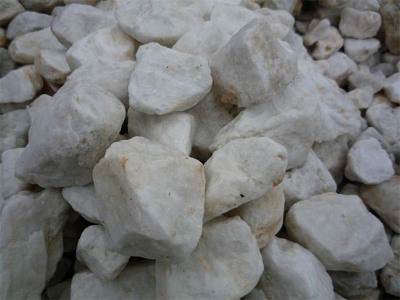Do you know what applications barium sulfate plays in plastics?
Do you know what applications barium sulfate plays in plastics?
Application in general plastics
Barium sulfate filling modified PP can effectively improve the impact toughness of the matrix resin. The improvement of toughness mainly depends on the particle size and dispersion degree of barium sulfate. The smaller the particle size, the better the dispersibility, and the more obvious the effect of improving the toughness.
After surface treatment with aluminate coupling agent, the surface lipophilicity of barium sulfate is increased, thereby enhancing the adhesion with the matrix resin and the dispersibility in the matrix, making the mechanical properties of the composite material, especially the impact toughness and elongation at break. The rate of improvement is obviously improved, and its modification effect is obviously better than that of titanate coupling agent.
Application in engineering plastics
Barium sulfate has proven its application potential in thermosetting molding compounds, especially in color-adjusted formulations. The combination of barium sulfate and pigments can achieve vivid colors, repeatable shades and perfect surface gloss, low binder consumption, The low hardness ensures high rheology of barium sulfate in the system, low wear to equipment or molds and good mechanical properties of the finished product.
Barium sulfate can be applied to all thermoplastics, it can improve the rigidity, hardness and wear resistance of plastic products, barium sulfate has high thermal conductivity and rheology, which can help shorten the cycle of plastic injection molding, barium sulfate can also increase thermoplasticity The crystallinity of the polymer, thereby improving the strength (especially the impact strength at low temperature) and geometric stability of the product.
3. Application in masterbatch
Color masterbatch, also known as pigment concentrate, is currently the most commonly used method in plastic coloring. It is a color particle prepared by uniformly dispersing the pigment into the resin by grinding or twin-screw extrusion according to the proportion of 20-80%. It consists of three basic elements: pigment, carrier resin and additives.
The pigment is the core of these three elements. The performance and price of the pigment determine the performance and price of the color masterbatch; the dispersant mainly wets the surface of the pigment, which is conducive to the further dispersion of the pigment and stabilization in the resin, and Good description with resin.
The carrier is added to make the pigment evenly distributed and make the masterbatch granular. In addition, a variety of additives can also be added, but in use, they should also be added according to the user's requirements for the function of the product, which is called multifunctional color masterbatch.




